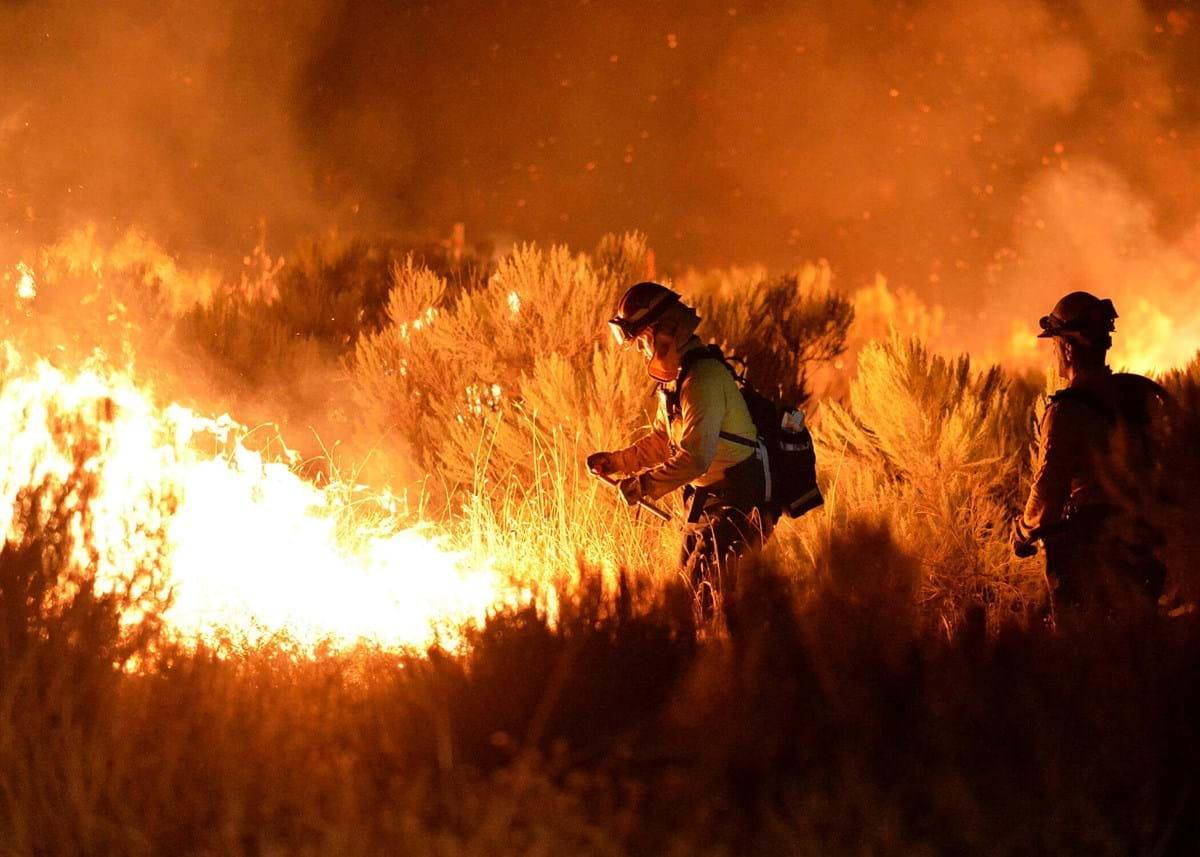Ready, Set, Go! Notifications
‘Ready, Set, Go!’ outlines the steps all citizens need to take in order to be prepared for and respond to an emergency.
READY: Notification
“Ready” means that you have prepared ahead of time for hazards that might threaten your home and community, such as registering with the Ada County alert called CodeRED that notifies residents in an emergency. Other steps include making a family communication plan, sharing phone numbers and contacts, and planning to make accommodations for your pets, prescriptions, papers and priceless possessions. What do you need to have packed in case of an evacuation? In the case of wildfire, it also means getting your home prepared by cleaning up pine needles, moving woodpiles away from structures and clearing brush and trees in your yard that might help spread a fire to your home.
Learn More
SET: Pre-Evacuation
“Set” means that you are alert to a significant threat in your area, that you are packed to leave and prepared to leave at a moment’s notice if you must evacuate. When evacuation orders are given, you may have very little time to get away to safety, so preparation is important.
Learn More
GO: Immediate Evacuation
“Go” means go, — it is time to evacuate immediately. If you choose to stay at home, you may not leave your property and you cannot depend on emergency personnel to help you.
Learn More

